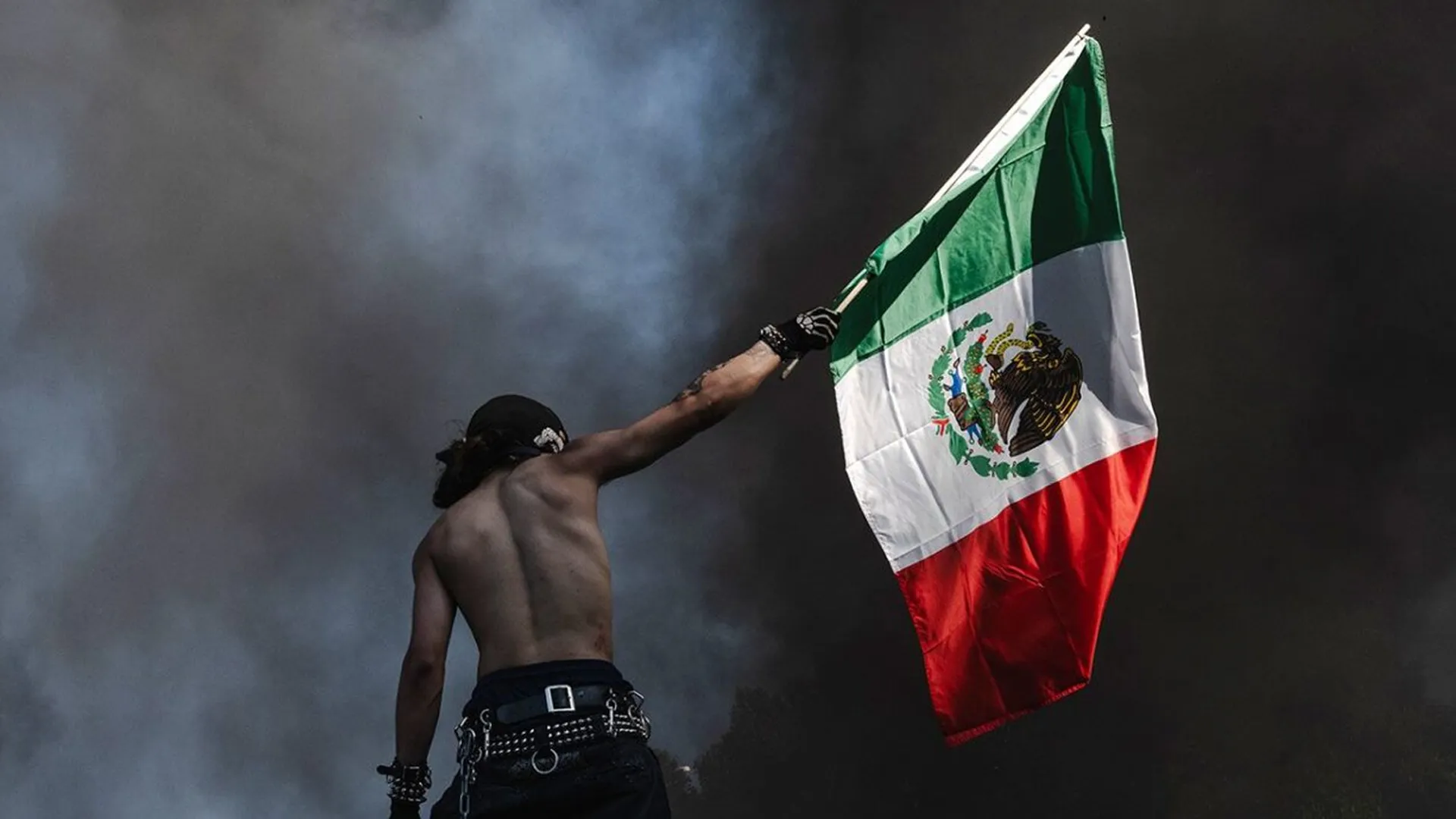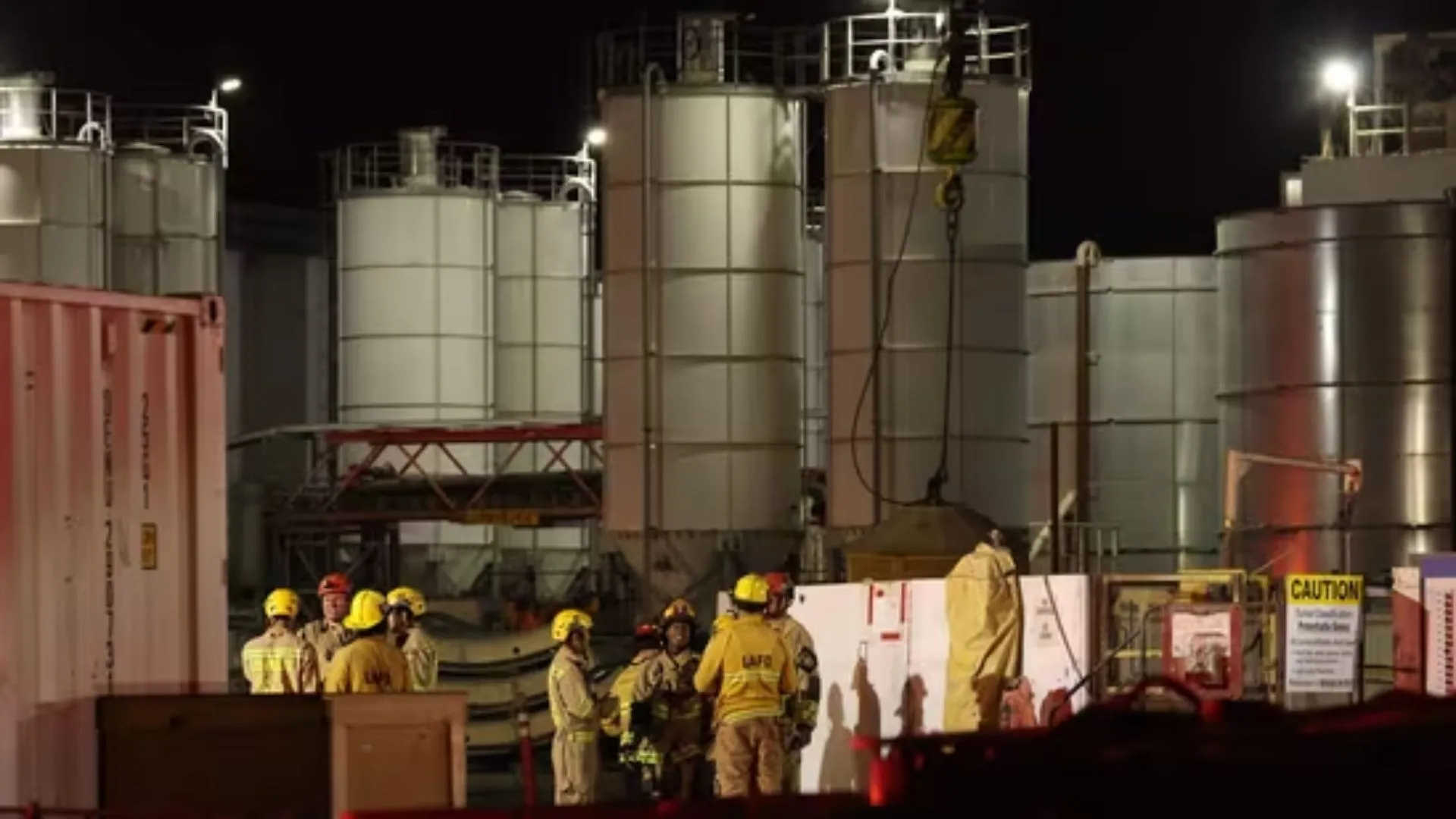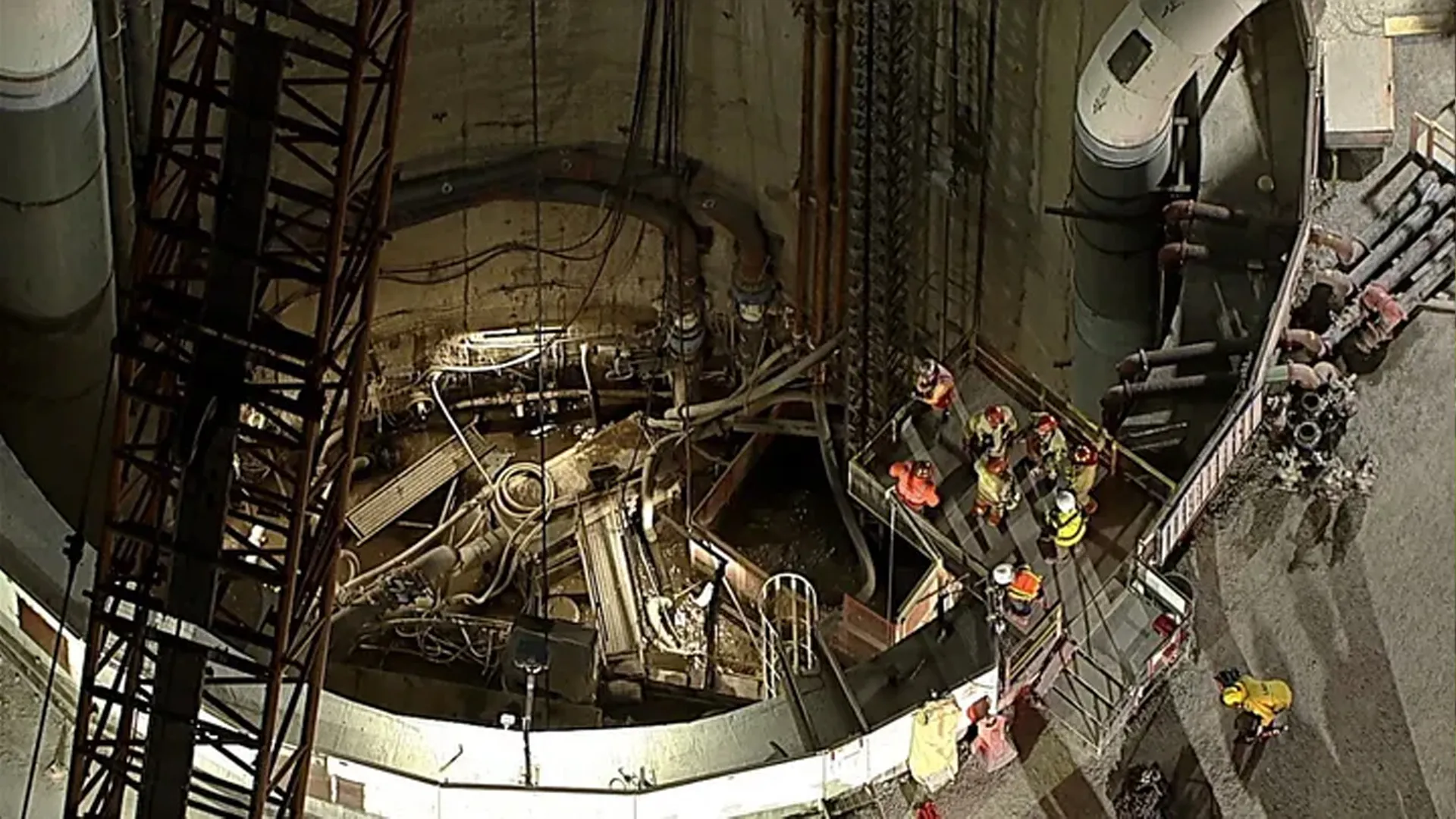Mexican flags are rising as a symbol of strength in the current protests that are rocking Los Angeles, in the wake of a series of Immigration and Customs Enforcement (ICE) arrests. Demonstrators have taken to the streets, brandishing the green, white, and red flag as a symbol of solidarity with immigrants and Mexican pride.
The protests kicked off after ICE authorities arrested 118 immigrants last week as part of President Donald Trump’s efforts to impose harder-line immigration measures. As a result, protests broke out in cities throughout the city, such as Los Angeles, Compton, and Paramount, swiftly building up and making waves.
Mexican Flag Becomes a Symbol of Resistance
Protesters are openly flying the Mexican flag from detention centers to the LA Sheriff’s office. It is more than a badge of defiance to many—it is a badge of cultural pride and resistance against what they perceive as targeted enforcement.
“They’re the kids and the grandkids of immigrants,” said Chris Zepeda-Millán, a professor of Chicano studies at UCLA. “We’re not going to let you make us embarrassed of where our grandparents and parents are from.”
Protesters are now waving the Mexican flag, departing from previous immigration protests where they commonly brandished American flags to express their identification with American values. Today, protesters seem to be reclaiming their heritage.
The Trump administration has, however, referred to such performances as “insurrection.”
Curfew Issued Amid Rising Tensions in Los Angeles
Isolating stores and two police stations, after hearing of lootings and acts of vandalism amidst protests, a citywide curfew was instituted by Los Angeles Mayor Karen Bass. “We hit a tipping point,” she said, following 23 businesses being looted. The curfew ran from 8 p.m. Tuesday to 6 a.m. Wednesday.
At least 60 individuals have been detained as of today, according to NBC News. This hasn’t dampened protests, however, which continue to grow, with the Mexican flag taking center stage in the visuals.
Deep Roots of Mexican Identity in the City
Los Angeles has a large population of Mexican-Americans, many of whom are the descendants of immigrants who came to the country during World War I to fulfill labor needs. Upward of 900,000 undocumented immigrants now live in LA, so immigration policy is very personal.
Historically, the city has strong roots in Mexico. Spanish colonists established Los Angeles in 1781 as El Pueblo de Nuestra Señora la Reina de Los Ángeles. After the Mexican-American War, the United States acquired the city through the Treaty of Guadalupe Hidalgo, and it became part of the US in 1850.
For some protesters, waving the Mexican flag is not so much rejecting America as reclaiming a cultural heritage that has long been present in the city. The flag also invokes the Chicano Movement of the 1960s and 70s, when leaders like César Chávez and Dolores Huerta organized protests for civil rights and workers’ protections.
I get the energy and passion of youth,” wrote Arizona Republic columnist Phil Boas, “but saner heads in the Latino community in Phoenix and Los Angeles may need to stage an intervention. Waving a Mexican flag in MAGA’s face might feel good, but you’re not seeing how much of a turn-off that is to many Americans who are not MAGA.
In response to the unrest, Mexican President Claudia Sheinbaum called for restraint, “We call on the Mexican community to act peacefully and not fall for provocations.”
Regardless of differences of opinion with regard to symbolism, the presence of the flag has incited a national dialogue regarding identity, immigration, and protest in contemporary America.






















